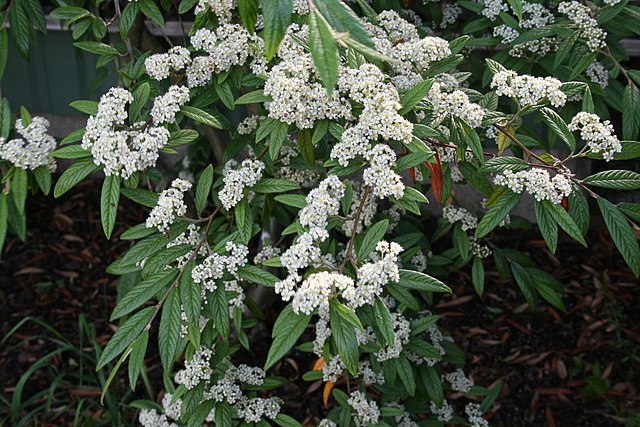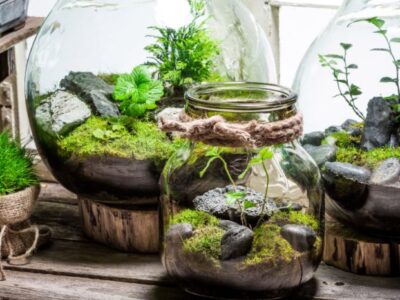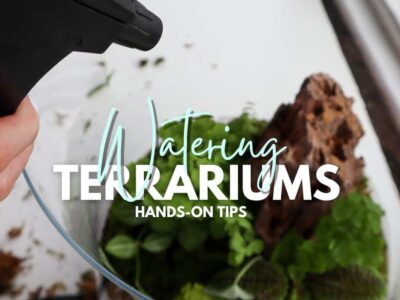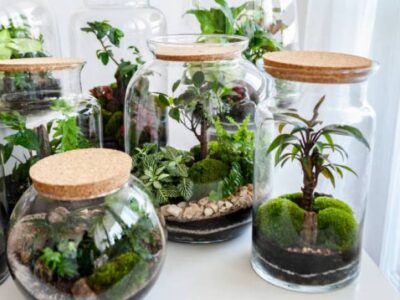Have you ever thought about whether Cotoneaster plants are safe from hungry deer? Well, that’s what we’re going to find. If you’re worried about your garden’s safety from deer, you’re not alone. Many gardeners face this issue.
We’ll find out if Cotoneaster can keep those deer away from your garden or not. Deer are animals that like to munch on plants, which can be a problem for gardeners. But, some plants are not very tasty to them. Cotoneaster bonsai is a plant that some people believe deer don’t like to eat.
Instead, if you want to protect your garden from deer and want to know if Cotoneaster can help, go through these tips to know more about it.
What is Cotoneaster?

Cotoneaster is a plant that grows in gardens. It has small, green leaves and pretty flowers in the spring. People like to plant Cotoneaster because it’s easy to take care of. You don’t need to be an expert gardener to have Cotoneaster in your garden. All you need to do is ensure it gets enough water and sunshine.
A Gardening Tools Set can be really helpful for tasks like pruning or weeding. Cotoneaster can bring some color to your garden and make it look more beautiful. So, if you want to make your garden nicer without too much effort, consider adding Cotoneaster plants.
Is Cotoneaster Deer Proof?
Deer are animals that often roam around looking for food. Sometimes, they might nibble on plants, but Cotoneaster is not their favorite. They tend to prefer different kinds of plants. This means if you’re worried about deer munching on your garden, planting Cotoneaster could be a smart move. It acts like a natural barrier, deterring them from feasting on your plants.
Cotoneaster has leaves that are not pleasing to deer. They have a taste for plants with softer, juicier leaves. Cotoneaster, with its tougher leaves, isn’t as tempting to them. So, by adding Cotoneaster to your garden, you create a protective shield against hungry deer.
Different Types of Cotoneaster
1. Rockspray Cotoneaster

Rockspray Cotoneaster is a special kind of plant. It’s small and hugs the ground. During autumn, it gets red berries that birds really enjoy. This plant is great for covering the soil in your garden. It’s perfect for adding color and attracting birds. You can find it in many gardens because it’s easy to care for. Even if you don’t know a lot about gardening, you can have success with it.
Plus, wearing Garden Gloves while you work with them will keep your hands clean and protected. The red berries are like a treat for the birds, making your garden lively. So, if you want a simple but beautiful plant that stays close to the ground, Rockspray Cotoneaster is a good choice.
2. Pyrenees Cotoneaster

Pyrenees Cotoneaster is a different type of Cotoneaster. It’s a little taller than Rockspray Cotoneaster. The leaves are dark green, and it has lovely white flowers. Just like Rockspray Cotoneaster, it gets berries in the fall. Many people enjoy planting it because it makes gardens look beautiful.
It’s a great choice for people who want easy-to-care-for plants. Plus, when fall comes, you’ll see pretty berries on it. So, if you want a simple yet lovely addition to your garden, consider adding potted plants like Pyrenees Cotoneaster.
3. Willowleaf Cotoneaster

The Willowleaf Cotoneaster is a plant that’s good for your garden. Deer don’t like to eat it, so it’s safe from them. This plant looks like a small bush with green leaves. In the spring, it has tiny white or pink flowers that later turn into bright red berries. These berries are like little cranberries. One great thing about the Willowleaf Cotoneaster is that it’s very easy to take care of.
You don’t have to be a gardening pro to make it happy. Just plant it in a sunny spot, give it some water occasionally, and it will be okay. Plus, it helps bring birds to your garden because they really enjoy those red berries.
4. Cranberry Cotoneaster

Cranberry Cotoneaster is a strong plant that deer won’t eat. It’s a bit like the Willowleaf Cotoneaster, with green leaves and small pink flowers that turn into red berries. These berries look like tiny cranberries, hence the name. This plant can handle different weather and doesn’t need much attention. It’s a great choice if you want an easy garden.
The best spot is where it gets lots of sunbirds, also like the red berries. So, not only will you have a nice plant, but you’ll also get some bird visitors. You can plant it, forget about it, and enjoy the beauty and birds in your garden. Plus, the berries attract lovely birds for a more enjoyable garden experience. So, it’s a win-win choice for any gardener.
5. Hedge Cotoneaster

If you want a hedge in your garden, consider the Hedge Cotoneaster. It’s good because deer don’t really like it, so it helps protect your garden from hungry animals. This plant looks like a small bush, and you can put many of them together to make a hedge. In the spring, it makes pink or white flowers that later turn into red berries, just like other Cotoneasters.
It’s a tough plant that can handle different weather, so it’s a safe choice for your garden. Put it in a sunny place, and it will grow well. You won’t need to spend much time taking care of it, which is great if you want an easy garden that doesn’t need much work.
Conclusion
As for our final thought, we found out that Cotoneaster is a good choice if you don’t want deer to eat your plants. It’s like a shield for your garden. Deer don’t really like it, and it’s not their favorite food, which is a good thing if you want a garden that looks nice and isn’t a buffet for deer. Suppose you want to keep your garden safe from deer eating on your plants.
Cotoneaster is a smart pick. It’s like having a strong fence for your plants. Your garden can stay pretty and green without worrying too much about deer. So, you can surely go with these cotoneaster plants to make your garden amazing and welcoming.










Comments